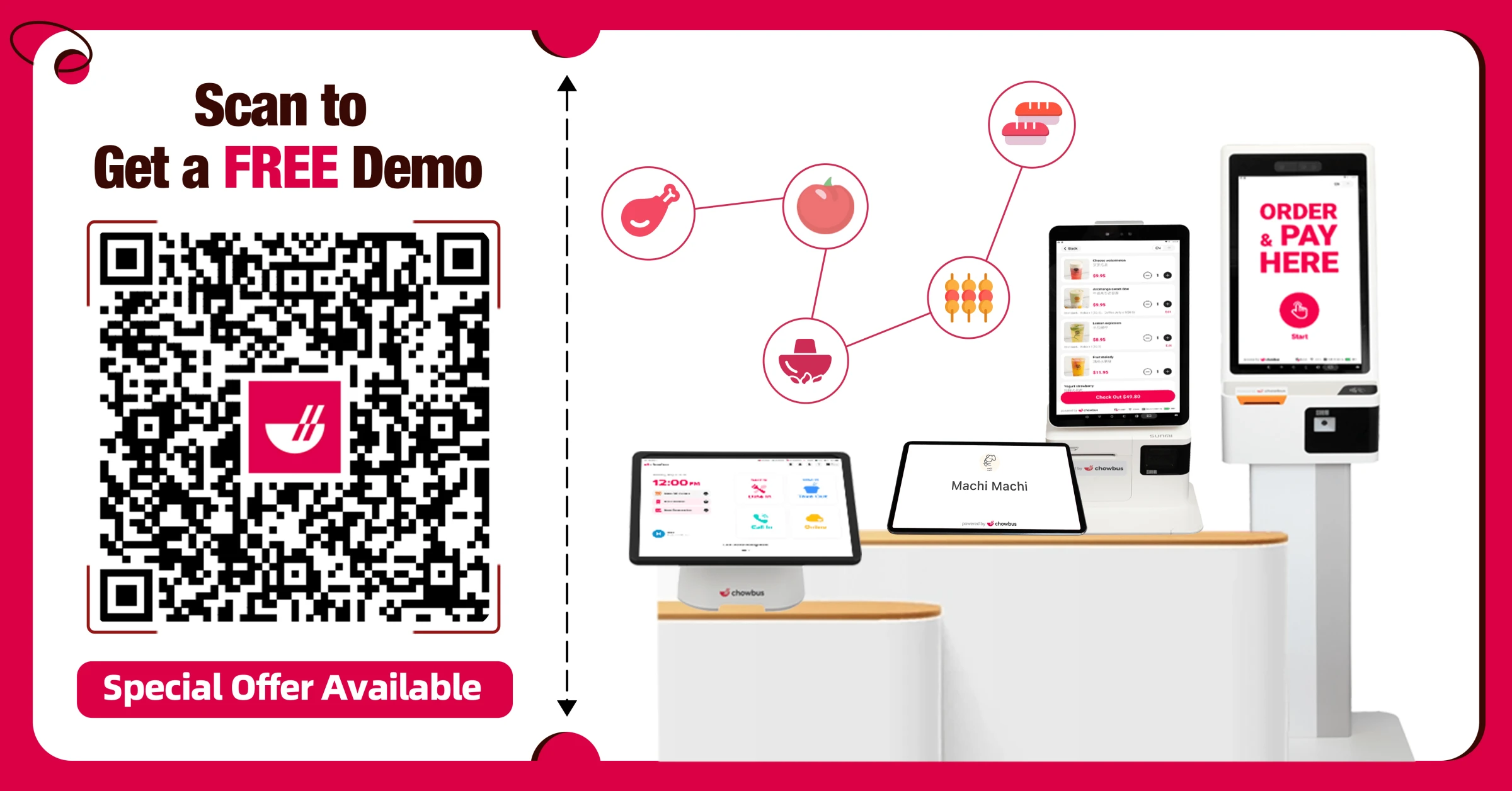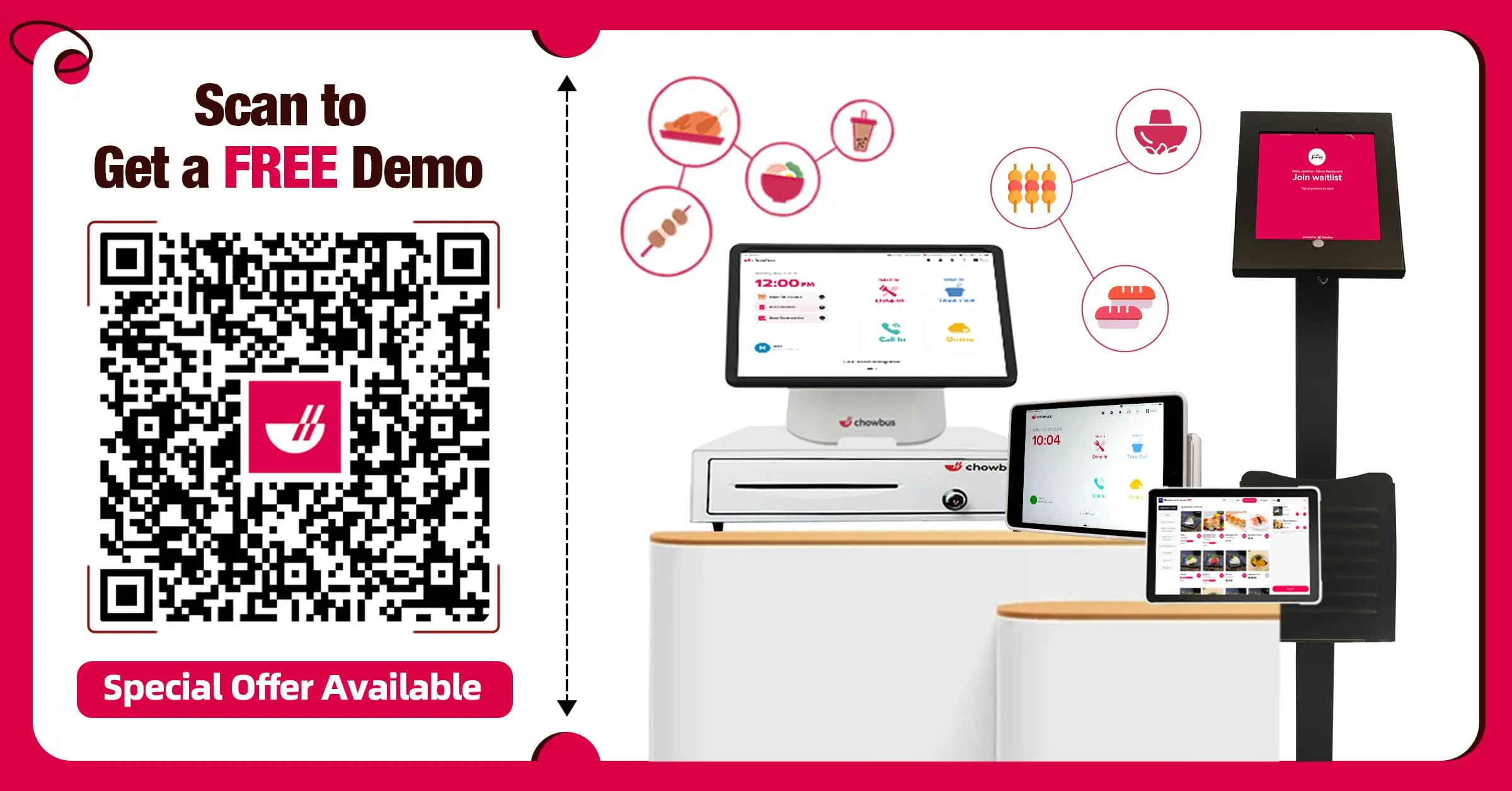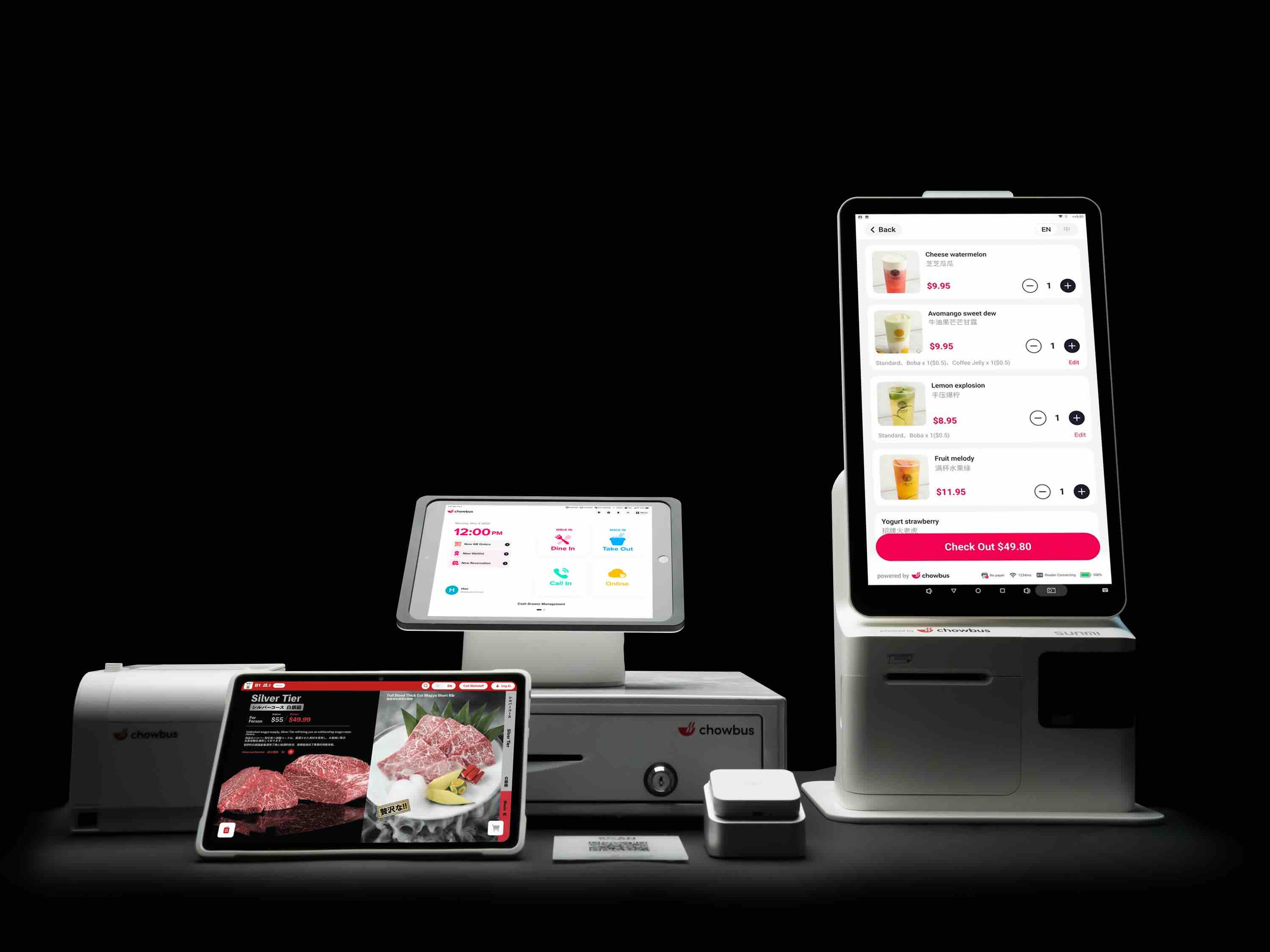What is Boba? | Discover What is Boba Made Of & Its Origins

Are you curious about that delightful, chewy treat that’s been gaining popularity in cafes and social media? That is Boba.
What is Boba, you ask? And more importantly, what is Boba made of?
In this blog post, we will explore the fascinating world of Boba, from its chewy tapioca pearls to its origins, and why it has become a beloved beverage choice.

What is Boba?
Boba refers to the small, chewy tapioca balls that add an irresistible texture to your favorite bubble tea drinks. These delightful pearls are often found settled at the bottom of your cup, waiting to surprise your taste buds with each sip.
But there’s a little twist here: Sometimes, when people say “boba,” they might actually be referring to the entire bubble tea drink itself, rather than just the tapioca pearls. It’s like saying “Coke” when you really mean a carbonated beverage.
What is Boba Made of
Boba pearls, also known as tapioca pearls, are primarily made from tapioca starch, which is derived from the cassava root. The basic ingredients for making boba pearls include tapioca starch, water, and usually a sweetener like brown sugar, which is added for coloring and a subtle sweetness. The starch is mixed with boiling water to create a dough, which is then formed into small, spherical pearls.
While tapioca starch is the most common base for boba pearls, other starches like potato or cornstarch can also be used, though they result in a different texture. Tapioca starch is preferred because it provides a softer and chewier texture. It’s important to note that tapioca starch doesn’t have much flavor, so boba pearls typically get their taste from the other ingredients they are cooked with, such as the syrup and milk in bubble tea.
How is Boba Used?
Boba isn’t just your typical tea. It’s a versatile ingredient that can be incorporated into various beverages and desserts. Let’s dive into how boba is used in various culinary creations:
Beverages:
Classic Bubble Tea: The classic and most popular use of boba is, of course, bubble tea. These sweet, milky, or fruity drinks are incomplete without the tapioca pearls, which burst with flavor and provide a satisfying chew with every sip.
Fruit Smoothies & Juices: Add a playful textural twist to your smoothies and juices by tossing in some boba. Choose flavors that complement the fruit used, like mango boba for a mango smoothie or taro boba for a taro juice.
Coffee & Cocoa Drinks: For a fun boba twist on your caffeine fix, try boba in iced coffee or blended into a creamy iced mocha.
Cocktails & Mocktails: Elevate your cocktail game with boba pearls! Opt for popping boba for a burst of fruity flavor or classic tapioca boba for a delightful textural contrast. There are even alcohol-infused boba pearls available for a boozy boba experience.
Desserts:
Froyo & Ice Cream Toppings: Take your frozen treats to the next level by sprinkling on some boba pearls. The chewy texture and pops of flavor are a match made in heaven.
Puddings & Parfaits: Boba adds a fun textural element to puddings and parfaits. Try layering boba with different flavors of pudding or yogurt for a visually appealing and delicious treat.
Cakes & Pastries: Incorporate boba into cake batter or use it as a decorative topping for a unique and eye-catching dessert.
Pancakes & Waffles: Elevate your breakfast game by adding boba to your pancake or waffle batter. You can even drizzle them with boba syrup for an extra flavor boost.
Popular Boba Flavors/ Variants
Boba has a tempting array of flavors and variants to cater to a diverse range of palates. Here are some popular choices you might encounter:
Classic Milk Tea: A blend of black tea, milk, and sugar, often served with boba pearls.
Fruit Teas: Infused with fruit flavors like passion fruit, mango, or lychee, combined with boba for a fruity twist.
Taro: A creamy, purple-hued tea made from taro root, often paired with boba for a unique texture.
Matcha: Green tea powder combined with milk or creamer, offering a delightful earthy flavor.
Coffee Boba: For those who prefer coffee over tea, you can find boba coffee drinks with chewy tapioca pearls.

How is Boba Made?
Making boba, or tapioca pearls, is an intriguing process that combines tradition and creativity, resulting in the chewy, sweet pearls that make bubble tea so distinctive. Here's a step-by-step guide to how it's done:
Step 1: Making Tapioca Dough
Start with dissolving brown sugar (or black sugar for a traditional touch) in water over low heat. Once it's boiling, add part of the tapioca starch and stir quickly. After a few seconds, turn off the heat and add the remaining starch, continuing to mix until a gelatinous mass forms. The dough is then transferred to a work surface sprinkled with tapioca starch.
Step 2: Shaping the Pearls
With the dough ready, knead it until it's smooth and divide it into portions. These portions are rolled into thin strings, cut into small bits, and then shaped into the familiar small, round pearls. Coating them with tapioca flour ensures they don't stick together.
Step 3: Drying the Pearls
While optional, drying the pearls is recommended, especially if you plan to store them. Spread them on a tray and let them dry for several hours, rolling them occasionally for even drying.
Step 4: Cooking the Pearls
Boil a pot of water and add the pearls. Keep stirring to prevent sticking. After about 20 to 30 minutes, when they float to the surface and become slightly translucent, transfer the cooked pearls to a bowl of cold water.
Step 5: Making Brown Sugar Syrup
Mix brown sugar with water in a separate pot and heat until it reaches a syrup-like consistency. Add the cooked pearls to this syrup and let them simmer for a few minutes.
Step 6: Serving
Now that your boba pearls are ready, add them to your favorite bubble tea recipe. The process is highly customizable. For instance, using white sugar instead of brown sugar will produce clear pearls, and incorporating matcha powder will give you green tapioca pearls with a unique twist.
Do Boba Shops Make Boba Balls from Scratch?
While there’s a growing trend of boba shops making their own boba balls from scratch, some shops may opt to purchase pre-made boba balls for convenience. These pre-made pearls offer easy use and consistency, benefiting shops with high customer volume or limited resources.
However, crafting boba balls in-house offers several advantages. Shops that choose to make their own boba have complete control over the pearls’ texture, size, and even flavor. This ensures a high-quality product and opens up opportunities for unique customizations. Flavors like matcha, mango, or chocolate can be infused into the boba, offering a distinct experience that sets a shop apart from those using standard, pre-made pearls.
Is There a Faster Way to Make Boba Balls?
Making boba balls from scratch is a rewarding but time-consuming process. For those in a hurry, there are several methods to speed up the process:
1. Pre-cooked Boba: These ready-to-use boba balls are the quickest option available at many grocery stores. They lack the freshness of homemade boba but are a great time-saver.
2. Quick-Cooking Boba: These special tapioca pearls cook in significantly less time than traditional ones. While they offer convenience, the texture might slightly differ from the traditional boba.
3. Homemade Boba Hacks: If you're making boba from scratch, consider these tips:
Reduce soaking time for the tapioca pearls, though this may affect chewiness.
Use a pressure cooker to reduce cooking time to about 10 minutes.
Experiment with cornstarch for a different texture and quicker cooking time.
Remember, the key to perfect boba is not rushing the process too much. It's about finding the right balance between convenience and quality.
Where Can I Get Boba Balls?
Finding boba balls for your bubble tea is easier than you might think. Many online stores offer a variety of boba products. For instance, Target has a selection of boba items available for delivery or in-store pickup. They cater to both your personal tea-making adventures and larger-scale needs.
Boba Tea Direct is a niche online retailer that provides a comprehensive range of boba-related products, including different types of tapioca pearls and additional boba accessories. Their offerings are perfect for both individual bubble tea enthusiasts and those looking to supply a business.
Walmart is another accessible choice for sourcing boba balls. They stock various packs of boba, including the classic black tapioca pearls, ideal for homemade bubble tea. For those interested in exploring different varieties, PoppingBoba offers a range of popping boba flavors, along with other bubble tea supplies.
Don’t overlook your local Asian markets, either. These often-hidden gems are treasure troves for boba balls and other essential bubble tea ingredients.
For a more hands-on approach, consider making your own boba balls. This can be a fun and rewarding experience. You can find recipes online that guide you through the process of making tapioca pearls from scratch. It’s a great way to customize your bubble tea experience to your taste preferences.
Whether you’re experimenting at home or considering bulk purchases for a business venture, these resources are excellent starting points for all things boba.

Where Does Boba Come From? | The Origin Story
With its iconic tapioca pearls, Boba tea traces its roots back to Taiwan in the 1980s. The story of its invention is nothing short of intriguing, with two main narratives about its creation.
Who Invented Boba Tea?
One account attributes the invention of boba tea to the Chun Shui Tang teahouse in Taichung. During a visit to Japan in the 1980s, the founder, Liu Han-Chieh, was inspired to serve Chinese tea cold after witnessing the practice of serving cold coffee. This innovative idea quickly gained popularity.
In 1988, Lin Hsiu Hui, the product development manager at Chun Shui Tang, took the concept even further by adding tapioca balls, a common Taiwanese dessert ingredient, into her tea during a staff meeting. This new creation became a hit, ultimately becoming the top-selling product of the franchise.
The second story comes from the Hanlin Tea Room in Tainan, where owner Tu Tsong-he is said to have invented bubble tea in 1986. His inspiration struck when he stumbled upon tapioca balls in a local market and decided to incorporate them into his tea, giving birth to another delicious variation of the drink.
Regardless of its exact origins, boba tea quickly gained traction in Taiwan. Initially, it consisted of Taiwanese black tea, tapioca pearls, condensed milk, and syrup or honey, typically served cold. Over time, it has evolved into a global sensation, offering countless flavors, tea types, and a variety of toppings, such as grass jelly, aloe vera, red bean, and popping boba.
How To Store Boba
Understanding the proper storage of boba pearls before and after cooking is crucial in maintaining their ideal texture and freshness. Here’s a streamlined guide to help you ensure that every boba experience is as perfect as the last.
Storing Uncooked Boba Pearls
Room Temperature: Unopened boba pearls thrive in a cool, dry place away from sunlight, such as a pantry. Kept under 77°F (25°C), their shelf life can extend for months or even years.
After Opening: Once opened, unused pearls should be transferred to a sealed plastic bag, ensuring excess air is removed and stored in a cool, dry place. It’s optimal to use them within two days.
Freezing Homemade Boba: If you’ve taken a step further to make boba at home, you can either freeze the shaped pearls directly on a cookie sheet before transferring them to a container for long-term storage, or dry them on a cookie sheet for about 3 hours, rolling occasionally, and then freeze.
Storing Cooked Boba Pearls
Cooling: Let cooked pearls cool at room temperature to avoid moisture buildup.
Airtight Container: Shift the cooled pearls into an airtight and food-grade container.
Refrigeration: When refrigerated properly, boba pearls can maintain their freshness for up to a week, though consuming them within the first few days is ideal.
Freezing: For an extended storage solution, freeze the pearls in an airtight container or bag. They can maintain their quality for about three months.
General Tips for Both Cooked and Uncooked Boba
Shield your boba pearls from moisture and extreme temperatures.
Label your storage containers with dates to keep track of freshness.
Regularly inspect your stored boba for any signs of spoilage, like mold or unusual smells.
By adhering to these storage practices, you ensure that your boba pearls remain fresh, preserving the authentic taste and texture for your next bubble tea indulgence.
Boba Market in the US
The boba industry in the U.S. is on the rise, experiencing remarkable growth and evolution. In 2022, the U.S. bubble tea market was valued at a staggering USD 434.11 million. Even more impressive, it's projected to reach a whopping USD 750.59 million by 2030, with a consistent growth rate of 7.10% per year. This surge in popularity can be attributed to several factors that cater to diverse consumer preferences and health-conscious trends.
Conclusion
Boba's rise in popularity is a testament to its unique appeal and versatility. As a fusion of tradition and modern culinary innovation, it offers an endlessly customizable experience, cementing its place in the global beverage and dessert scene.
Inspired to start your own boba journey?
Look no further. At Chowbus, we understand the unique needs of a bubble tea business. That's why we offer the best POS system for bubble tea shops. Our restaurant technology solutions streamline operations, making running your boba business a breeze. Don't miss this opportunity to make your bubble tea dreams a reality! Book a free Demo today!

Frequently Asked Questions About Boba
Explore the following frequently asked questions about boba to satisfy your curiosity and learn more about this popular beverage. Discover whether boba is vegan, its unique taste, caffeine content, and the most favored flavors in the boba world.
Is Boba Vegan?
For those following a vegan diet, you’ll be pleased to know that boba pearls are typically vegan. However, when ordering boba tea, it’s essential to check the milk or creamer used, as some variations may contain dairy. Vegan alternatives like almond milk or soy milk are often available.
What Did Boba Taste Like?
The tapioca pearls have a neutral flavor, resembling a chewy, slightly sweetened gelatin-like texture. However, the taste of boba primarily depends on the drink it’s paired with. So, the taste of boba can range from creamy and rich to fruity and refreshing, depending on your choice of beverage.
Does Boba Have Caffeine?
Yes, boba does have caffeine. Most boba tea drinks are made using black or green tea as their base, both of which naturally contain caffeine. The caffeine content can vary depending on the type and amount of tea used, but on average, a typical boba tea contains about 30-50 milligrams of caffeine per 8-ounce serving. However, it's important to note that some boba shops offer caffeine-free options for those who prefer a non-caffeinated beverage.
What is the Most Liked Flavor of Boba?
The most popular flavor of boba is typically subjective and can vary based on personal preferences. Some of the most liked flavors among boba enthusiasts include classic choices like "Taro," "Milk Tea," and "Honeydew," but it ultimately depends on individual taste buds. Experimenting with different flavors is the best way to find your personal favorite!

Recommended Articles: